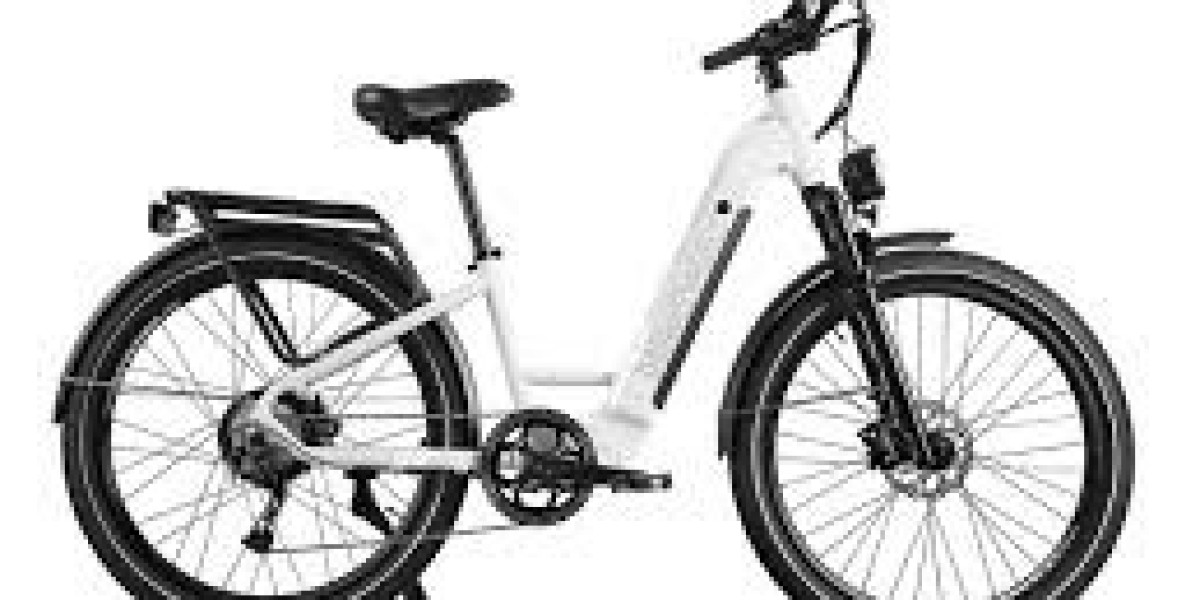Stuck in traffic? Drenched in sweat on your morning cycle? Electric commuter bikes (e-bikes) are revolutionizing urban transportation, offering a convenient, eco-friendly, and surprisingly fun way to navigate the city. But before you jump on the e-bike bandwagon, this guide will equip you with everything you need to know.
What is an Electric Commuter Bike?
An Electric Commuter Bikesis a regular bicycle with an integrated electric motor and battery. The motor provides an extra boost while pedaling, making hills and headwinds a breeze. Unlike mopeds or motorcycles, e-bikes require pedaling for motor activation, keeping them in the realm of bicycles with some added oomph.
Why Choose an Electric Commuter Bike?
There are numerous reasons why e-bikes are becoming the go-to choice for city dwellers:
- Effortless Commuting: Arrive at work sweat-free, even after tackling inclines. The motor takes the edge off, making your commute enjoyable.
- Beat Traffic Jams: Skip the gridlock and zip through congested areas, saving time and frustration.
- Effortless Exercise: E-bikes still provide a workout, but with adjustable assist levels, you can tailor the intensity to your fitness goals.
- Environmentally Friendly: Electric motors produce zero emissions, contributing to cleaner air and a greener commute.
- Cost-Effective: Save money on gas, parking, and public transportation. E-bikes are a long-term investment that pays off.
- Convenient: Many e-bikes are lightweight and fold easily, making them ideal for storage and public transport integration.
Types of Electric Commuter Bikes:
E-bikes come in various styles, each suited to different riding preferences:
- City/Comfort E-bikes: Upright riding position, wide seats, and wider tires for a smooth, comfortable ride. Perfect for cruising and errands.
- Hybrid E-bikes: A blend of road and mountain bike features, offering versatility for city streets and occasional light off-roading.
- Folding E-bikes: Super compact and portable, ideal for short commutes and easy storage in apartments or offices.
- Cargo E-bikes: Built for hauling heavy loads, perfect for deliveries, groceries, or transporting kids.
Understanding E-bike Specs:
When choosing an e-bike, consider these key specifications:
- Motor Power: Measured in watts (W), higher wattage provides more power for hills. For commuting, 250W to 500W motors are a good starting point.
- Battery Capacity: Determines range (distance on a single charge). Standard commuter batteries offer 20-40 miles of range.
- Motor Placement: Hub motors (in the wheel) are common and provide good value. Mid-drive motors (near the pedals) offer a more natural riding feel.
- Brakes: Disc brakes offer superior stopping power, especially in wet weather.
- Frame Material: Aluminum frames are lightweight and durable, while steel frames are heavier but offer a more comfortable ride.
E-bike Regulations and Safety:
E-bike regulations vary by region. Generally, e-bikes fall under three classes:
- Class 1: Motor assists up to 20 mph (32 km/h) with pedaling. Allowed on bike paths and roads.
- Class 2: Motor assists up to 20 mph (32 km/h) with or without pedaling (throttle). May have restrictions on use.
- Class 3: Motor assists up to 28 mph (45 km/h) with pedaling. May have restrictions on use.
Always check your local e-bike regulations before purchasing.
Safety Tips for E-bike Riders:
- Wear a helmet: This is crucial for protecting yourself in case of an accident.
- Be visible: Use lights and reflective gear, especially during low-light conditions.
- Obey traffic laws: Ride with the flow of traffic and follow all road signs and signals.
- Maintain your e-bike: Regularly check brakes, tire pressure, and battery health.
Conclusion
The Electric Commuter Bikes offer a practical, healthy, and eco-friendly way to navigate the city. With the right information and a bit of research, you can find the perfect e-bike to transform your daily commute. So ditch the car, embrace the electric revolution, and experience the joy of zipping through the city with a smile.















